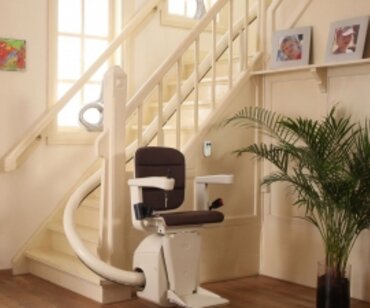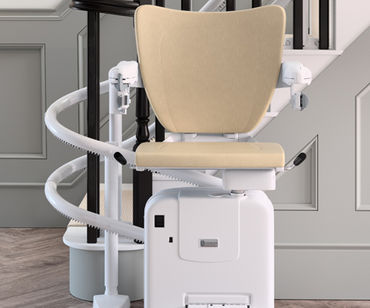How to tackle Seasonal Affective Disorder
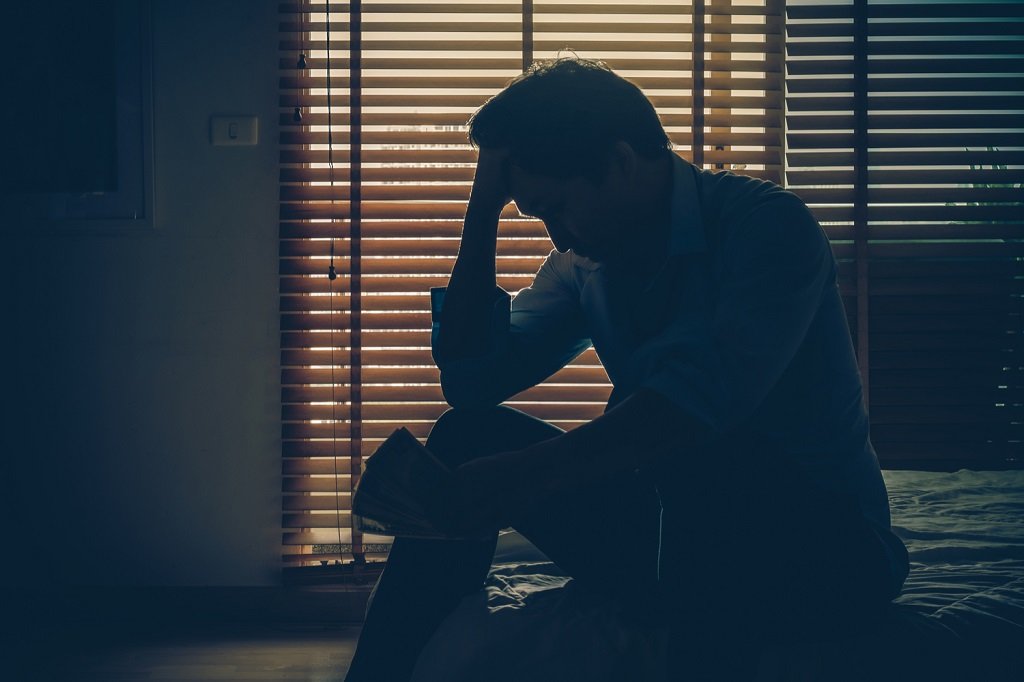
Winter conjures up pictures of beautiful, frosty mornings, Christmas and cosy evenings in front of the fireplace. In reality, as the days become shorter, there are millions of people in the United Kingdom experiencing the effects of Seasonal Affective Disorder (SAD). Closely linked to depression, SAD is a mental health condition that can have a serious impact on our wellbeing. In this article, we will look at the symptoms of SAD and provide you with some guidance on the necessary treatment options available.
What is Seasonal Affective Disorder?
Seasonal affective disorder is a type of depression exhibited at particular times of the year. A recognised mental health disorder, SAD begins towards the end of autumn and can run throughout the winter months until spring. It is a condition which shares many of the same symptoms as depression, however, it does not follow a pattern. Sufferers are worse effected during the shorter, darker days. It is something that is most common in people aged between 18 and 30, however the illness can continue into middle-age and into your later years.
Josh Jenkins, co-founder of Speak Out, told us about the online community that he and fellow founder Sam created to help combat SAD and other mental health issues;
“Speak Out is a Facebook page which has been put together to help people who suffer with mental health to talk about any problems or for people to just vent about anything on their minds that they may find stressful. This was all put together after a friend of mine from school committed suicide. I put a status just offering a shoulder for people to cry on. To extend this, I wrote a blog about suicide which got a lot of attention which then lead me into Sam (my Speak Out partner), wanting to share his story and to make a place for others to do so. This is where Speak Out took off. Our mission is to grow bigger and to help more people and to unfold other ideas that as a group we have which we feel will help those with mental health.”
Josh explained SAD and some of the symptoms sufferers can experience:
“Seasonal Affective disorder is described as having the energy zapped right out of you and starting to feel moody, and this occurs at the same time in each year. Mostly from departing summer and arriving into winter. A few symptoms of this are:
• Feeling depressed most days
• Losing interest in hobbies
• Low energy
• Poor appetite
• Feeling worthless”
Some people, though uncommon, will notice symptoms during the summer. This is uncommon as SAD relates to the amount of sunlight you are getting during the day. It is why the condition is most common in places of extreme latitudes. For instance countries closer to the Arctic Circle, who experience less daylight hours.
What causes Seasonal Affective Disorder?

The exact cause of Seasonal Affective Disorder remains unknown. While each person is different, there are a number of shared factors. The most common is a lack of direct sunlight during the winter. This disrupts your biological clock and will limit the amount of serotonin (a chemical made by the brain to regulate your mood) and melatonin (another chemical which controls your sleep and mood) being passed around your body. People who suffer from SAD will often have higher levels of melatonin in their system which will make them feel more tired than usual.
Norman Rosenthal, a world-renowned psychiatrist, was the first to describe SAD and was the man who named the condition. He highlighted three main causes: “There are three main causes of SAD: biological vulnerability, decreased environmental light, and stress. Biological vulnerability (SAD tends to run in families), and also varies with gender (women are about three times more likely to develop SAD than men).”
What are the symptoms?
As with most health conditions, the symptoms of SAD can range from mild to severe. Some may feel increasingly tired, while others may suffer from the same issues that affect those with severe depression.
Feeling depressed
One of the most common symptoms is a feeling of sadness. As discussed, this can range from feeling a little low to out-right depressed. SAD sufferers may start to feel worthless and even guilty. Many people will find it hard to be as positive in the winter as they are in summer, but you must understand the difference to being frustrated by a lack of sun and feeling utterly hopeless during the winter.
Change to your appetite
People who have SAD will notice that they have an increased appetite, with particular cravings for carbohydrates. Often this results in weight-gain, as you opt for comfort food and carb-heavy dishes.
Lack of interest
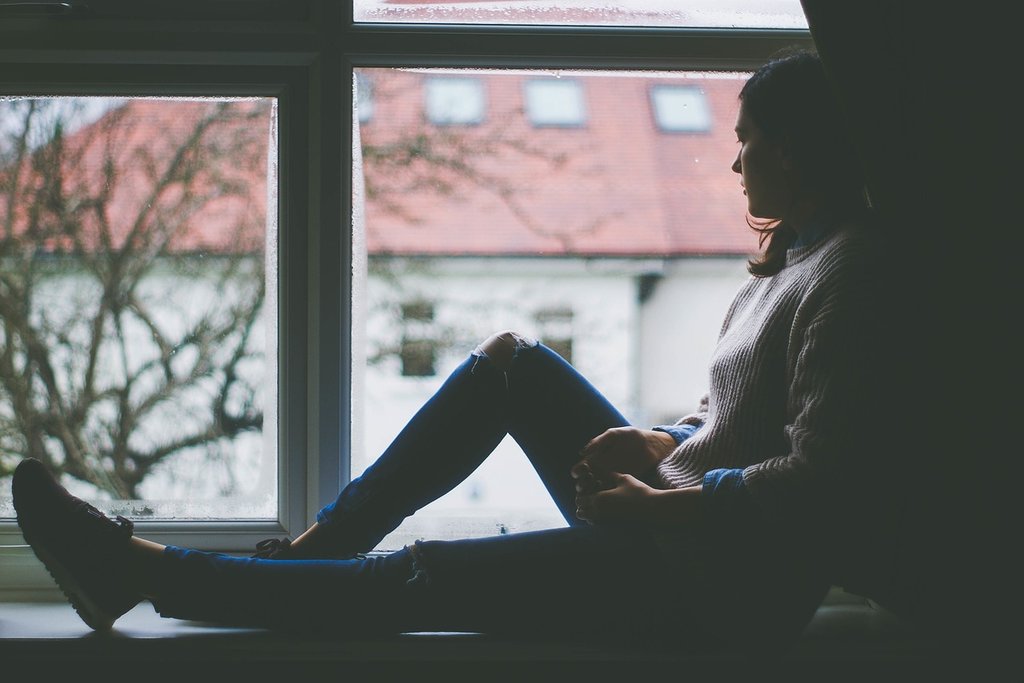
One very noticeable symptom of Seasonal Affective Disorder is a lack of interest in hobbies or activities that you used to enjoy. This can range from exercise to socialising. Not going out and seeing friends, family or loved ones can worse the condition and make you feel alone. Regaining control of your hobbies, perhaps by joining a class or group, can also dramatically improve your mood.
Oversleeping and fatigue
As an adult we are supposed to get between 7 and 8 hours of quality sleep each night to maintain a healthy lifestyle. Quality sleep means uninterrupted, not including dozing off on the sofa in front of the TV. SAD sufferers have been known to achieve 7.5 hours of sleep in the summer, but often reach 10 hours during the winter. This is not a positive and often it results in fatigue.
Here is a list of the symptoms for SAD:
• Feeling lethargic throughout the day
• Spending more time sleeping than usual
• Struggling to concentrate
• An increased appetite, with particular cravings for carbohydrates
• Weight gain
• Feeling of hopelessness, worthless and guilt
• Feeling depressed daily
• Lack of interest in activities that were previously enjoyable
For some people, SAD is not exclusively a winter condition. You can develop symptoms during the spring and summer. They are different, in some cases, with people experiencing weight loss, a poorer appetite and an increased struggle to sleep.
Often feeling lethargic and more emotional during the winter months can be passed off as just the ‘winter blues’. SAD, however, is so much more than that. It is a very real mental health condition and holds many of the same characteristics as depression. As such, it should be treated seriously. Should you, or someone you know, exhibit these conditions during the winter then consider taking up some of the treatments that we recommend. If they do not work, please consult your doctor or seek advice from a mental health professional. There are a large number of charities and support groups for anyone who needs some guidance or simply someone to talk to.
Treatments for Seasonal Affective Disorder

In the United Kingdom and across the world, there are thousands of people suffering with mental health illnesses. Some are scared of seeing doctors, others simply do not realise just how unwell they are. The stigma attached to mental health is starting to break away, albeit slowly. Understanding and accepting that you may have a condition like SAD may seem frightening, but there are treatments available and professionals who can help you.
Commonly it takes people with seasonal affective disorder two cycles (two winters) to realise that they do suffer from the condition. Whether you believe you might have the symptoms, or if you think you know someone who does, here are some recommended treatments.
Exposure to light
Ruth Jackson is the PR manager at Lumie, a company that has designed specific lighting as a treatment for SAD since 1991. Ruth told us about how getting more light can help to treat the condition:
“Waking with light will provide the stimulus the body needs to help keep the body clock on track by suppressing the production of the sleep hormones, and stimulating the get up and go ones like cortisol, so you find yourself waking naturally, feeling alert and ready to get up.
“We can also use light at any time of day to acutely boost our mood, alertness and performance. This could include going outside to receive natural light or using a light box at your desk or in your home.”
Some of Lumie’s products can help you to regain control of your sleeping and waking pattern, alleviating fatigue and making you feel more energised during this challenging time.
Staying active
Regular exercise has been a proven way of boosting your mood. If you are reliant on your straight stairlift however, you can still perform low-intensity exercise like stretches or extensions. The NHS website has a helpful section on recommended exercises for older adults.
Eating well
You might be seeking out a bowl of pasta or other high-carb meal for its feel-good factor during the winter, but really, you should focus on having a healthy balanced diet as a treatment for SAD. A well-rounded diet will provide you with the energy you need, as well as alleviating any risk of weight gain, which can as an effect, harm your self-esteem and overall mood.
Socialising
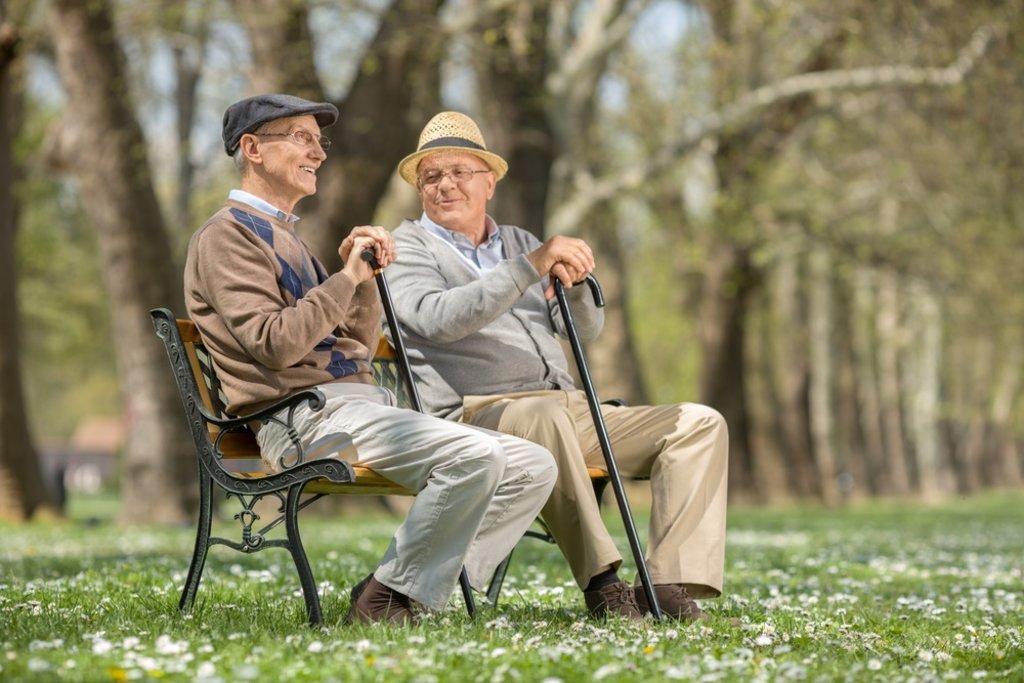
With limited mobility and a dependence on your stairlift, you might find it difficult to get out to socialise. But being alone with a condition like SAD can be very harmful. It is easy to succumb to your irritability and the notion that you just need some time alone, but it is a slippery slope from that point onwards. Make the effort to go to a loved one’s house for a catch up, or invite people round and enjoy their company.
Staying warm
It might sound too simple to be deemed a treatment, but by keeping yourself comfortable and warm you can really reduce the effects of SAD. Drink more hot drinks, particularly in the early morning and evening when it is cold, and wrap yourself up when you are out and about or under a blanket at home.
Reflecting
As we previously mentioned, it often takes at least two winters for someone to realise that they have SAD. After a winter of feeling particularly low you can spend the months afterwards reflecting on your feelings and how you managed the condition. Take these positives and put them into action ready for next winter. It will help you tackle the problems and feel more prepared for it.
Speaking to someone
It is vitally important to know that you are not alone. You are not the first and certainly will not be the last to be feeling down at this time and fortunately there are a great number of resources available to you. Online there are forums, blogs, websites and social media groups that are all dedicated to supporting anyone with a mental health condition. Here you can share your experiences and your feelings in a safe place amongst people who understand and can help. You can also seek advice from medical professionals. Consult your GP about counselling, therapy or psychotherapy or check out what services the NHS provides, like their free care.
But there are also people closer to home. Visit your friends, family, or neighbours and speak to a familiar voice. Be open about what you are going through and even if they cannot offer any practical help at the time, knowing that there is another person out there who is supporting you is invaluable.
This news article is from Companion Stairlifts. Articles that appear on this website are for information purposes only.

